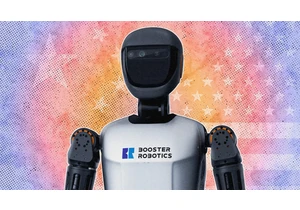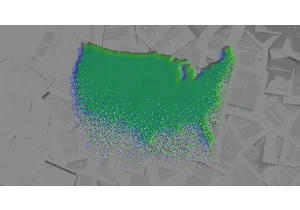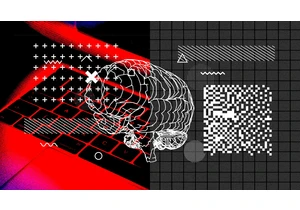TikTok’s algorithm has helped revolutionize the way social media works—and compelled competitors like Meta to overhaul their own algorithms. However, even those within the company have said they don’t fully understand how the algorithm presents videos to users.
Now researchers from the U.S. and Europe have uncovered some insights into how the much-vaunted algorithm operates, including the extent to which TikTok echoes users’ interests versus trying to expand the videos they watch.
Karan Vombatkere at Boston University and colleagues analyzed data donated by users who downloaded their usage from the app under the EU’s General Data Protection Regulation (GDPR) to determine how the TikTok algorithm works. They compared the user-provided data to videos recommended to bot accounts, and to a baseline that scrolled through videos randomly.
“Our paper is a first step into getting some insight into how this personalization works,” Vombatkere says. “And then at the second step, we also try to look specifically into a few factors and see how much they influence personalization.” The researchers classed video shown on the basis of recommendation systems “exploiting” that interest, while those shown to expand users were “explorative.”
According to the study’s findings, between 30% and 50% of the first 1,000 videos TikTok users encounter are exploiting their past interests. Recommended videos are driven by a number of factors, most importantly whether the user liked a similar video, as well as who they follow on the platform. Fewer seem to be driven by the percentage of the video a user watched.
“At the highest level, we want to understand how people are actually using TikTok, and how the TikTok algorithm works,” says University of Washington professor Franziska Roesner, one of Vombatkere’s fellow researchers.
However, the 30% to 50% figure is an average of all the users who donated their data. Across those users, the proportion of videos that were recommendations based on past interest varied widely. “Another thing that this surfaces is that different users have very different experiences and/or are sort of treated differently by the algorithm for whatever reason,” Roesner says.
Vombatkere hopes future research could explore whether TikTok’s proportions of recommended videos are high or low—something the current study did not determine.
But regardless of the unanswered questions, the research has been welcomed within academia. “They explore a neat way to get data, which is to pay money for [users] to give the data to you,” says Manoel Horta Ribeiro, a researcher at the Swiss Federal Institute of Technology Lausanne. “This is made possible due to GDPR, as companies had to implement ‘data takeout’ procedures that allow users to retroactively get their data—and sell it or donate it to researchers.”
Horta Ribeiro, who was not involved in the study, says that understanding how TikTok’s recommendation system works is hugely important given that “the app actually controls to an unreasonable extent what you consume,” adding, “Overall, measuring this exploration/exploitation trade-off without access to the model is hard, and [the researchers] provide an interesting model to do so.”
Connectez-vous pour ajouter un commentaire
Autres messages de ce groupe


I’ve worked at the bleeding edge of robotics innovation in the United States for almost my entire professional life. Never before have I seen another country advance so quickly.
In


Restaurant industry leaders are excited for

Elon Musk’s anger over the One Big Beautiful Bill Act was evident this week a

Welcome to AI Decoded, Fast Company’s weekly new

When artificial intelligence first gained traction in the early 2010s,
